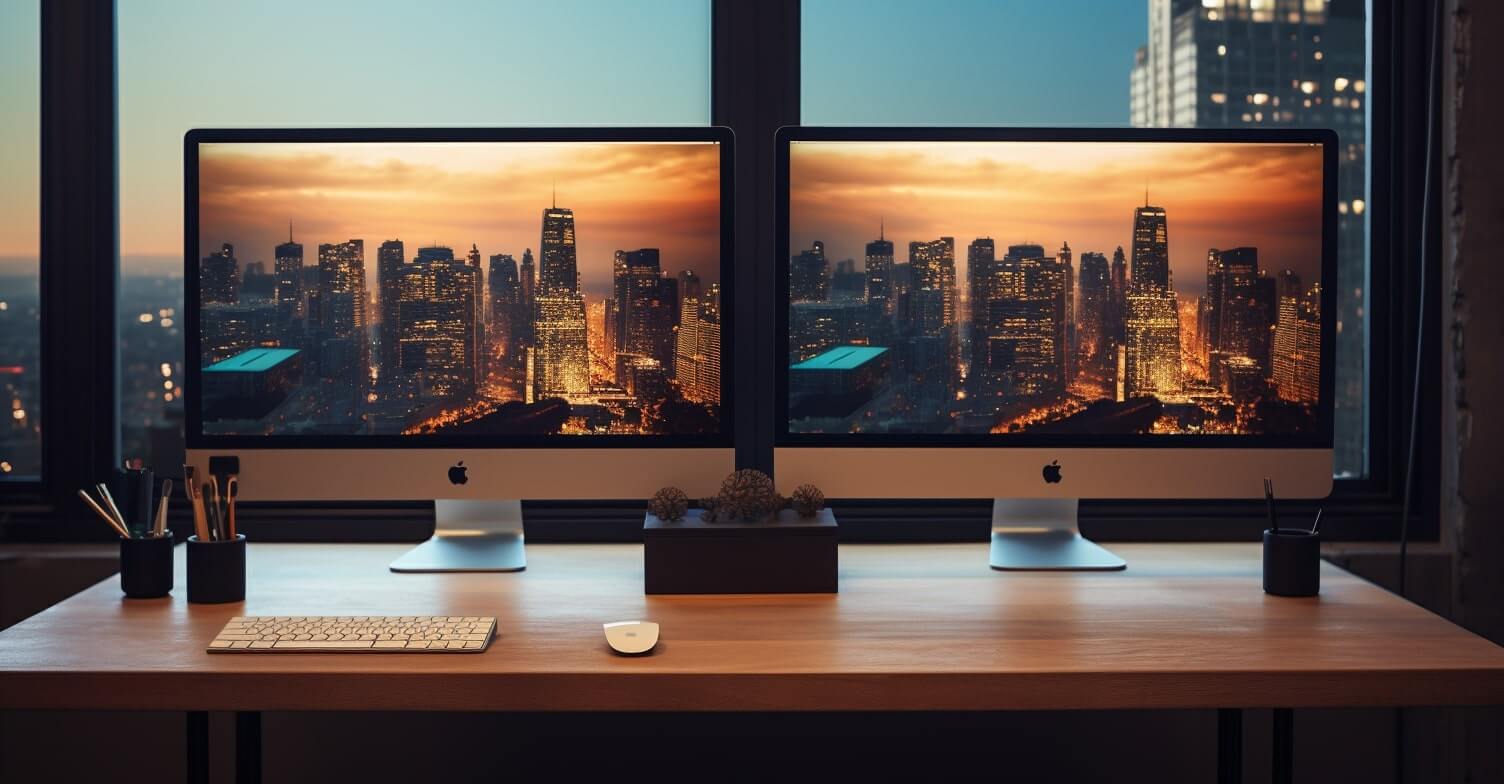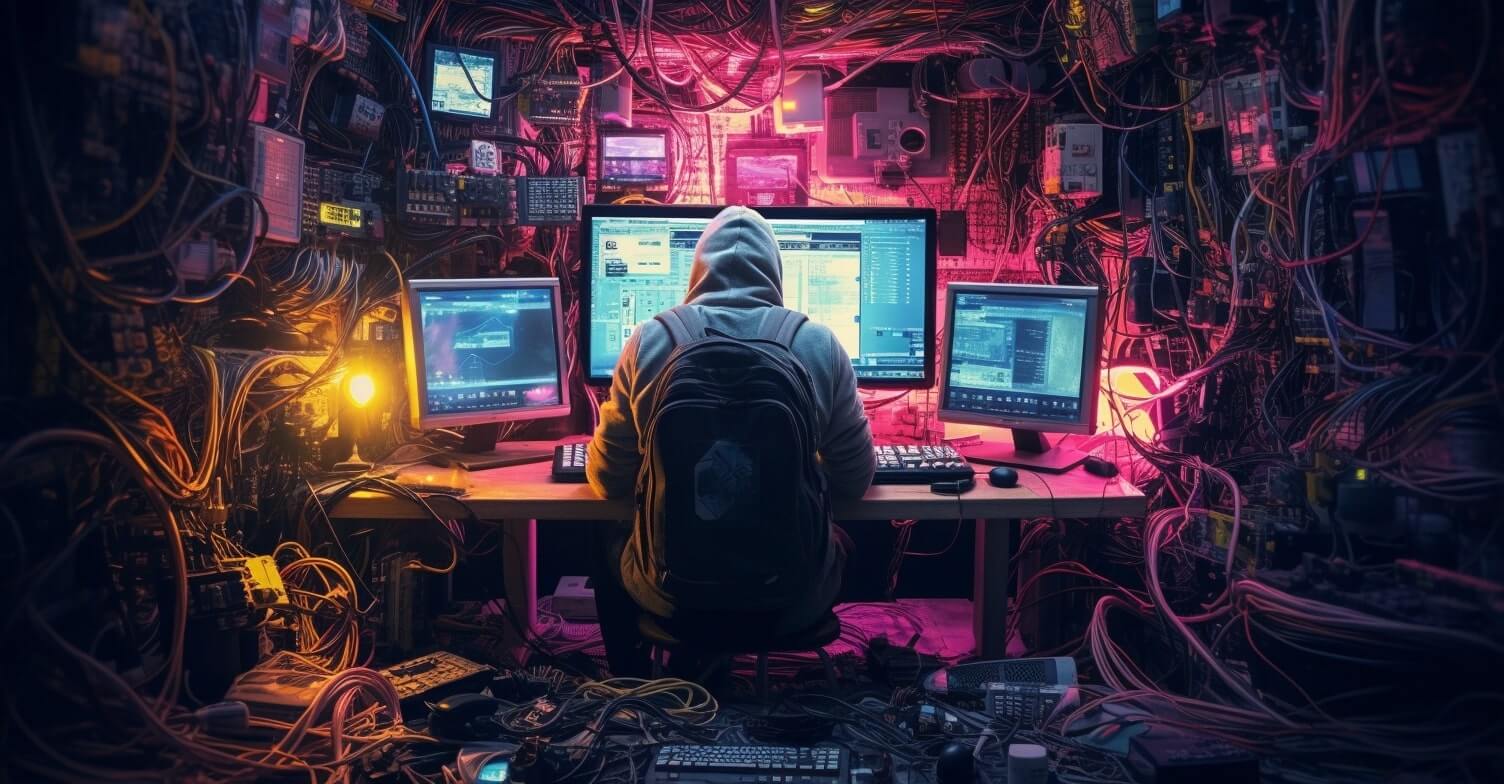Table of Contents
- Benefits Of Monitor Response Time As Normal Vs Fast[+]
- How Long Does a Monitor Take to Respond?
- Comparison Of Normal Vs. Fast Response Time For The Monitor[+]
- Strategies For Improving Response Time For Monitor[+]
- Should Response Time Be The Only Thing You Think About When Buying A Monitor?
- Factors That Affect Fast Response Time On Monitor[+]
- How Significant Is The Reaction Time Of A Monitor?
- Factors That Affect Normal Response Time On The Monitor
- What Makes LCD Screens Work
Monitor Response Time Normal Vs Fast: the response time of the monitor is an important part of how well a computer system works. The performance is better the faster the response time. This article will look at the differences between the normal response time and the fast response time and compare the normal response time to the fast response time. It will also talk about the pros and cons of each approach and how they can be used to improve the performance of a system.
Are you attempting to determine whether the response time of your monitor is quick or average? If so, you’re in the right spot. We will discuss the distinctions between a normal and fast monitor reaction time in this blog post, as well as how to choose the best one for your setup.
We’ll also go through how to speed up the response time of whatever monitor you use to get the most out of your experience. Thus, keep reading to discover more about monitor reaction time normal vs fast!
Benefits Of Monitor Response Time As Normal Vs Fast
1. Better User Experience:
If you keep track of response time as normal vs. fast, you can make sure that your website responds to user requests quickly and effectively. This can make users happier and improve their experience as a whole.
2. Better Performance:
Your website will be able to handle more requests and load pages faster if the response time is faster. This can make a website run better and cause fewer errors.
3. Lower Costs:
By keeping an eye on response time, you can find and fix any problems that might slow down your website. This can mean that fewer resources are used and that hosting and other infrastructure costs go down.
4. More Visibility:
By keeping track of response time as normal vs. fast, you can make sure your website is running well and giving users a great experience. This can make your website more visible, which could lead to more visitors and possibly more customers.
How Long Does a Monitor Take to Respond?
Response time is how long it takes for the colors on a monitor to change. This is often measured in milliseconds by how long it takes to go from black to white and back to black (ms). Gray-to-gray (GtG) and occasionally even black-to-white are possibilities, however.
Generally, it takes 10ms for black to turn into white and vice versa. Yet, LCD screens offer another point of comparison with response speeds of under 10ms. But faster response times result in better image and motion output. Some types of panels are more responsive than others, though. For example, TN panels are usually much more responsive than IPS panels. All of that is changing now, especially because of nano IPS.
Comparison Of Normal Vs. Fast Response Time For The Monitor
Normal Response Time
– Slower refresh rates can cause blurring or ghosting of fast-moving objects.
– Less likely to experience lags or stuttering in video games.
– Not as good for competitive gaming.
Fast Response Time
– Faster refresh rates reduce motion blur and create a smoother image.
– Less input lag for playing video games.
– Great for competitive gaming and fast-paced action.
Strategies For Improving Response Time For Monitor
1. Use A Web Performance Management Tool
Using a web performance management tool like New Relic or Pingdom can help you figure out why the page is taking so long to load, such as slow server response times, slow database queries, or slow third-party services.
2. Optimize Your Database:
When you optimize your database, response times can be cut down. This means making sure your database is properly indexed, keeping the number of queries to a minimum, and making sure your queries work well.
3. Cache Dynamic Content
Caching dynamic content can cut response times by a lot because the content doesn’t have to be made from scratch every time the page is requested.
4. Use Content Delivery Networks (CDNs)
A CDN is a group of servers that sends web content to users based on where they are in the world. Putting content closer to the user can cut down on response times.
5. Optimize Images And Other Assets
Reducing the file size of images and other assets can cut response times by a lot. This can be done by compressing the images without losing quality and reducing the size of the JavaScript, CSS, and HTML.
6. Use Browser Caching
By storing static assets in the browser’s cache, browser caching can help cut down on response times. This means that the same files don’t have to be downloaded again every time the page is asked for.
7. Lessen The Load On The Server
Lessening the load on the server can help improve response times by making more resources available for other requests. This can be done by adding more servers, making your database work better, and using a Content Delivery Network (CDN).
Should Response Time Be The Only Thing You Think About When Buying A Monitor?
Response time may be one of the most important things to look at when picking a monitor, but it’s not the only thing you should pay attention to.
You should also think about the type of panel, the refresh rate, and the resolution, as these can also change how you play games.
For example, if you want a monitor for competitive gaming, you should get one with a high refresh rate, which will give you an edge over your opponents. On the other hand, if you need a monitor for creative work, you should get one with good color accuracy rather than a fast response time.

Before you buy a monitor, you should know what it can do and how it works. So, you can choose the best monitor for your needs based on what you know.
Factors That Affect Fast Response Time On Monitor
1. Refresh Rate:
The refresh rate is the frequency with which the monitor updates the image displayed on the screen. Better image quality and quicker response times are provided with a greater refresh rate.
2. Resolution:
The resolution of a monitor refers to how many pixels it can display; the greater the resolution, the more detailed and responsive the image will be.
3. Reaction Time:
The amount of time it takes for a pixel to switch from one color to another is known as the response time. Faster refresh times result from lower reaction times.
4. Panel Type:
The response times of various panels vary. TN panels are the fastest but have the worst image quality, whereas IPS panels are slower but have higher image quality.
5. Video Card:
The video card handles the graphical processing of the monitor’s graphics. A faster response time will be offered by a more potent video card.
6. Display Port:
The port that links the computer to the monitor is called a display port. Faster response times will be provided by higher-quality display connections such as DisplayPort 1.2, HDMI 2.0, and DVI-D.
7. Overclocking:
Overclocking is the process of speeding up the refresh rate of the monitor. This will result in faster response time, but it also raises the danger of harming the monitor.
8. Graphics Driver:
The software that enables the communication between the video card and the monitor and picture display is known as the graphics driver. A newer graphics driver may offer a quicker response time.
9. Operating System:
When it comes to refreshing rates, different operating systems have varying performance levels. The operating system could be updated to offer quicker response times.
10. FreeSync/G-Sync:
FreeSync and G-Sync are technologies that match the output of the video card with the refresh rate of the monitor to produce a quicker response time.
How Significant Is The Reaction Time Of A Monitor?
When there is a lot of fast movement going on the screen, response time can make a tremendous impact on how things appear to the viewer. This specification is primarily concerned with the individual pixels themselves as opposed to how your monitor will eventually show inputs from your peripherals after a delay.
It is a measurement of how quickly a pixel can exhibit a transition from black to white or from one shade of grey to another. It can also measure how quickly it can change between shades of grey. On your monitor, the intensity of any given color will be represented by a different shade of grey depending on the filter you are using.
The darker the grey, the less light will travel through the color filter and hit your eyes. This is precisely the reason why you never hear people discussing blue-to-red response times or other such topics.
Reaction times are frequently expressed in milliseconds since a single frame displayed on a monitor operating at a frequency of 60 hertz is visible for approximately 17 milliseconds.

Factors That Affect Normal Response Time On The Monitor
1. The Monitor’s Refresh Rate: The refresh rate of a monitor affects the response time of the monitor; typically, a monitor with a greater refresh rate would have a faster response time.
2. Display Resolution: The resolution of a monitor can also affect its reaction time. Monitors with greater resolutions demand more processing power, which can slow down the response time of the monitor.
3. Screen Size: The size of the monitor will also affect the response time. This is because larger screens demand more processing power, which results in a slower response time.
4. Brightness: The monitor’s brightness can also affect the response time; this is because brighter screens require more processing power, which in turn slows down the response time.
5. The Kind of Display: Another factor that can influence the response time is the type of monitor being used. To give one example, in comparison to CRT monitors, LCD monitors often have a quicker response time.
6. Graphics processing unit (GPU): The graphics processing unit (GPU) of the computer can also affect the reaction time of the display. A more powerful GPU will be able to handle more data, which will result in a faster response time.
7. Operating System; The computer’s operating system can also influence the reaction time of the monitor. Newer operating systems typically have improved performance, which will lead to a faster response time as a result of this improvement.
8. The Kind of Connection: Another factor that might influence the response time of the monitor is the type of connector that is utilized. When compared to the use of an analog connector such as VGA, for instance, the use of a digital connector such as HDMI can result in a quicker response time.
9. Video Card Drivers: The video card drivers that are installed on the computer can also affect the reaction time of the monitor. If the drivers are out of date, they may not be optimized for the monitor, which will result in a slower response time.

What Makes LCD Screens Work
Response time goes to the core of how displays work, so it’s a good idea to review how LCDs work.
A backlight lights up a grid of pixels that make up an LCD. The display’s resolution is based on how many pixels are on a panel. It’s a common measurement, and 19201080 means that the screen has 1,920 pixels across and 1,080 pixels down.
The PC’s GPU sends data to the screen, and that data tells the screen what color each pixel should be. When all of the pixels work together, they make the picture you see on the screen. So that the image on the screen looks like it’s moving, it has to change many times per second. This means that the pixels are always changing color. Response time has to do with how quickly they can change color.
Conclusion
The response time of a monitor can have a profound impact on the overall user experience. A normal response time will result in a smooth, lag-free experience, while a fast response time can lead to a choppy, disorienting experience. The ideal response time for a monitor depends on the type of content being viewed, as well as the user’s preferences.
For gaming, a fast response time is usually preferred, while for everyday computing, a normal response time is usually sufficient. Ultimately, the best response time for a monitor will depend on the user’s individual preferences and the type of content being viewed. With the right response time, users can enjoy a smooth, enjoyable experience with their monitor.


